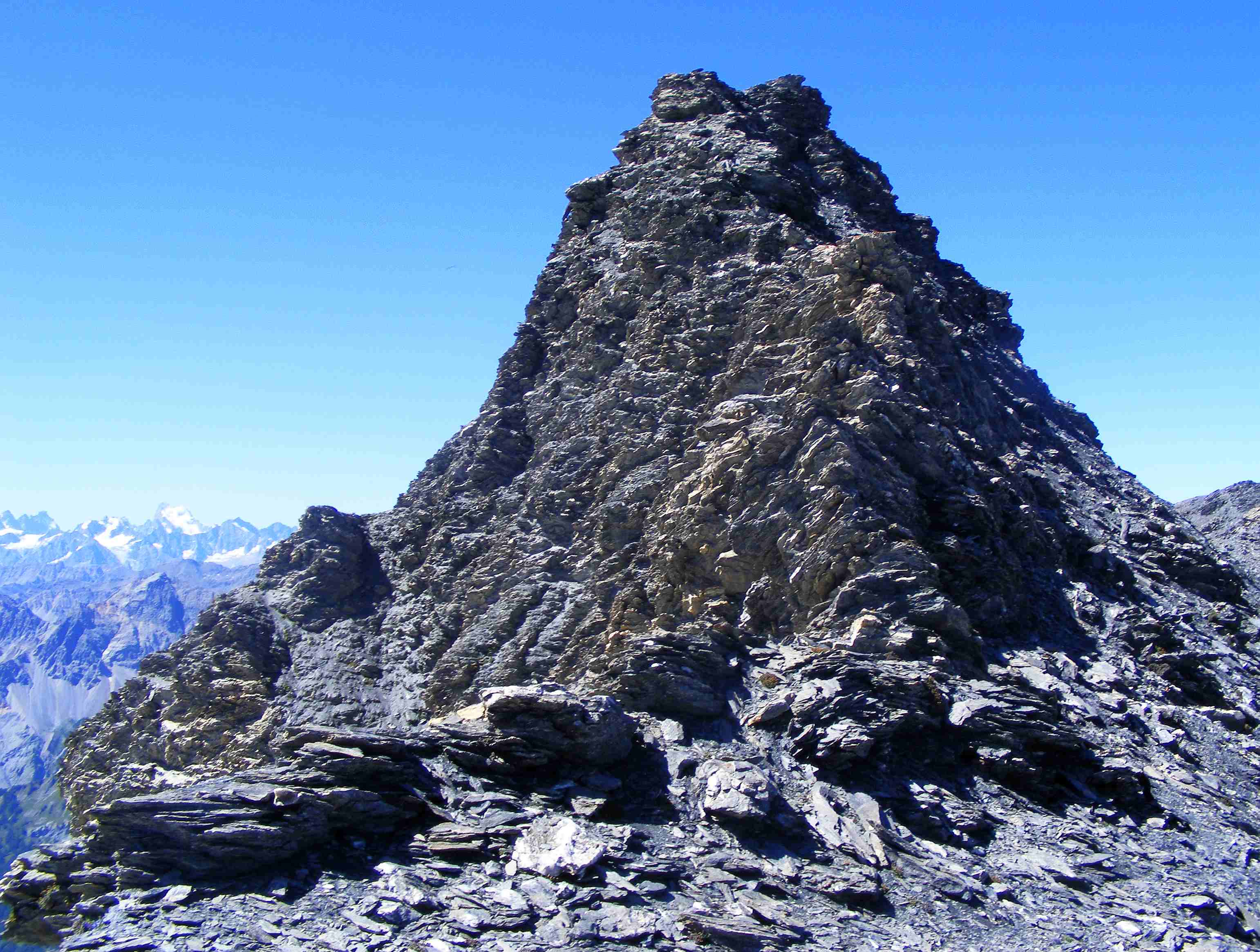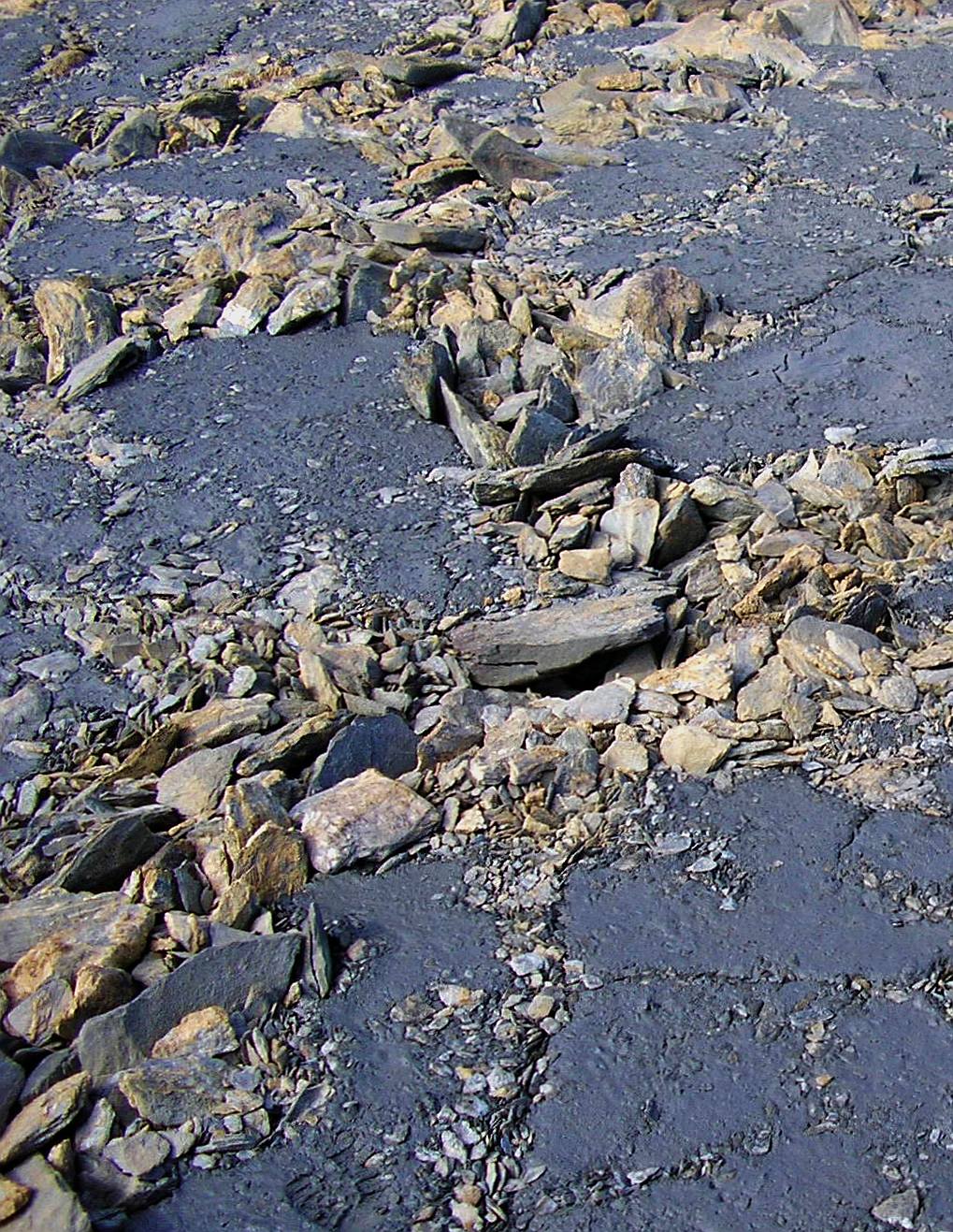|
Pointe De Paumont
Pointe de Paumont (in French language, French) or Cima del Vallone (in Italian language, Italian) is a mountain of Savoie, France and of the Province of Turin, Italy. It lies in the Cottian Alps range. It has an elevation of 3,171 metres above sea level. Etymology ''Paumort'', the name used on French maps, should come from a toponym used on the Italian side of the mountain (''croce di Paumont'', ''rio di Paumont''), which derives from Piedmontese language, Piedmontese ''"pàu mòrt"'' («fear of death»). Geography In the French subdivision of Western Alps it belongs to the ''Mont Cenis, Massif du Mont-Cenis'' while in the SOIUSA (''International Standardized Mountain Subdivision of the Alps'') it' the highest mountain of a subgroups (''STG'') called ''Crête Grand Vallon-pointe du Fréjus'' ( French language, Fr) or ''Cresta Gran Vallone-punta del Fréjus'' (Italian language, It) - SOIUSA code, code:I/A-4.III-B.5.a. Administratively the mountain is divided between the Commun ... [...More Info...] [...Related Items...] OR: [Wikipedia] [Google] [Baidu] |
Punta Bagnà
Punta Bagnà (in Italian) or Cime du Grand Vallon (in French) is a mountain of Savoie, France and of the Province of Turin, Italy. It lies in the Cottian Alps range. It has an elevation of 3,129 metres above sea level. Etymology The name used on the Italian maps comes from Piedmontese ''"Bagnà"'' («wet»), which should derive from the look of the blackish fine ground nearby the summit. The French name comes from the ''"Grand Vallon"'', a secondary valley which starts from the mountain and goes northwards towards Charmaix and Modane. Geography In the French subdivision of western Alps it belongs to the '' Massif du Mont-Cenis'' while in the SOIUSA (''International Standardized Mountain Subdivision of the Alps'') it is part of the mountain group called ''"gruppo della Pierre Menue"'' (Italian) or ''"groupe de l'Aiguille de Scolette"'' ( French). Administratively the mountain is divided between the Italian comune of Bardonecchia (southern face) and the French communes of Mo ... [...More Info...] [...Related Items...] OR: [Wikipedia] [Google] [Baidu] |
SOIUSA
Alps by SOIUSA. SOIUSA (an acronym for - English: ''International Standardized Mountain Subdivision of the Alps-ISMSA'') is a classification system of the Alps from the geographic and toponomastic point of view. It was designed by Sergio Marazzi, Italian researcher and author of the Orographic Atlas of the Alps ''SOIUSA''. His book was presented with the patronage of the Italian Alpine Club on 23 Jan 2006, but has yet to receive any formal acceptance. History The SOIUSA is an interpretation by Marazzi of the terrain of the Alps aiming to replace the traditional way the Alps were partitioned in Italy, the , which was adopted in 1926 by the Italian National Geographic Committee () after the IX Italian Geographic Congress (). SOIUSA takes into account the European geographic literature normalizing and standardizing the different national classification systems in use. It was publicly presented in a lecture organized by the Italian Alpine Club's Milan conference on 6 April 2006, f ... [...More Info...] [...Related Items...] OR: [Wikipedia] [Google] [Baidu] |
Mountains Of Piedmont
A mountain is an elevated portion of the Earth's crust, generally with steep sides that show significant exposed bedrock. Although definitions vary, a mountain may differ from a plateau in having a limited summit area, and is usually higher than a hill, typically rising at least above the surrounding land. A few mountains are inselberg, isolated summits, but most occur in mountain ranges. mountain formation, Mountains are formed through tectonic plate, tectonic forces, erosion, or volcanism, which act on time scales of up to tens of millions of years. Once mountain building ceases, mountains are slowly leveled through the action of weathering, through Slump (geology), slumping and other forms of mass wasting, as well as through erosion by rivers and glaciers. High elevations on mountains produce Alpine climate, colder climates than at sea level at similar latitude. These colder climates strongly affect the Montane ecosystems, ecosystems of mountains: different elevations hav ... [...More Info...] [...Related Items...] OR: [Wikipedia] [Google] [Baidu] |
Mountains Of The Alps
This page tabulates only the most prominent mountains of the Alps, selected for having a topographic prominence of ''at least'' , all exceeding in height. Although the list contains 537 summits, some significant alpine mountains are necessarily excluded for failing to meet the stringent prominence criterion. The list of these most prominent mountains is continued down to 2500 m elevation at List of prominent mountains of the Alps (2500–2999 m) and down to 2000 m elevation on List of prominent mountains of the Alps (2000–2499 m). All such mountains are located in France, Italy, Switzerland, Liechtenstein, Austria, Germany or Slovenia, even in some lower regions. Together, these lists include all 44 ultra-prominent peaks of the Alps, with 19 ultras over 3000m on this page. For a definitive list of all 82 of the highest peaks of the Alps, as identified by the International Climbing and Mountaineering Federation (UIAA), and often referred to as the 'Alpine four-thousanders' ... [...More Info...] [...Related Items...] OR: [Wikipedia] [Google] [Baidu] |
Institut Géographique National
An institute is an organizational body created for a certain purpose. They are often research organisations (research institutes) created to do research on specific topics, or can also be a professional body. In some countries, institutes can be part of a university or other institutions of higher education, either as a group of departments or an autonomous educational institution without a traditional university status such as a "university institute", or institute of technology. In some countries, such as South Korea and India, private schools are sometimes referred to as institutes; also, in Spain, secondary schools are referred to as institutes. Historically, in some countries, institutes were educational units imparting vocational training and often incorporating libraries, also known as mechanics' institutes. The word "institute" comes from the Latin word ''institutum'' ("facility" or "habit"), in turn derived from ''instituere'' ("build", "create", "raise" or "educat ... [...More Info...] [...Related Items...] OR: [Wikipedia] [Google] [Baidu] |
Istituto Geografico Militare
The ''Istituto Geografico Militare'' (IGM), or Military Geographic Institute, is an Italian public organization, dependent on the Italian Army general staff (''Stato Maggiore dell'Esercito''). It is the national mapping agency for Italy.History and general information about the IGM Overview Its headquarters are in via Cesare Battisti,Florence
Florence ( ; ) is the capital city of the Italy, Italian region of Tuscany. It is also the most populated city in Tuscany, with 362,353 inhabitants, and 989,460 in Metropolitan City of Florence, its metropolitan province as of 2025.
Florence ... , and they occupy most part of [...More Info...] [...Related Items...] OR: [Wikipedia] [Google] [Baidu] |
Club Alpino Italiano
The Club Alpino Italiano is the senior Italian alpine club which stages climbing competitions, operates alpine huts, marks and maintains paths, and is active in protecting the Alpine environment. It was founded in Turin in 1863 by the then finance minister, and mountaineer, Quintino Sella; together with the Swiss Alpine Club, founded in the same year, it is the second-oldest Alpine Club in the world, only preceded by the British Alpine Club. After First World War and the annexation of Trento and Trieste to Italy, it absorbed the "Società degli Alpinisti Tridentini" and the "Società Alpina delle Giulie". As of 2020, it had 306.255 members, 512 sections and 316 sub-sections; the greatest numbers of members came from Lombardy (88,057), Veneto (54,948), and Piedmont (51,396). Its most famous achievement is the 1954 Italian Karakoram expedition to K2 that made the first successful ascent of K2. The CAI operates 388 mountain huts, 251 bivouacs and 118 smaller huts and shelte ... [...More Info...] [...Related Items...] OR: [Wikipedia] [Google] [Baidu] |
Grade (climbing)
Many climbing routes have grades for the technical difficulty, and in some cases for the risks, of the route. The first ascent, first ascensionist can suggest a grade but it will be amended for the ''consensus view'' of subsequent ascents. While many countries with a tradition of climbing developed their own grading systems, a small number of grading systems have become internationally dominant for each type of climbing, and which has led to the standardization of grading worldwide. Over the years, grades have List of grade milestones in rock climbing, consistently risen in all forms of climbing, helped by improvements in climbing technique and climbing equipment, equipment. In free climbing (i.e. climbing rock routes with no aid), the most popular grading systems are the French numerical or sport system (e.g. f7c+), the American YDS system (e.g. 5.13a), and latterly the UIAA scale (e.g. IX+). These systems grade technical difficulty being the main focus of the lower-risk a ... [...More Info...] [...Related Items...] OR: [Wikipedia] [Google] [Baidu] |
Cima Vallone Da Est
Cima may refer to: Acronyms *The Center for International Media Assistance, a media development organization in Washington, DC *Center for Italian Modern Art * Centre International de la Mécanique d'Art (International centre for Art Mechanics), a museum in Switzerland *Channel Industries Mutual Aid, a Houston emergency response organization *Chartered Institute of Management Accountants (formed 1919) *Costruzione Italiana Macchine Attrezzi (Italian Machine Tool Company), the gear and transmission manufacturing subsidiary of *Cyprus Institute of Marketing (established 1978) *Chenille International Manufacturers Association People *Cima da Conegliano (about 1459 – 1517), Italian renaissance painter *Cima (wrestler) (born 1977), ring name of Japanese professional wrestler Nobuhiko Oshima Locations * Estádio Ítalo del Cima (inaugurated 1960), football stadium in Campo Grande neighborhood, Rio de Janeiro, Brazil *Fajã de Cima, parish in the district of Ponta Delgada in the Azore ... [...More Info...] [...Related Items...] OR: [Wikipedia] [Google] [Baidu] |
Bardonecchia
Bardonecchia (; ; , ) is an Italian town and ''comune'' located in the Metropolitan City of Turin, in the Piedmont region, in the western part of Susa Valley. It grew out of a small village with the works for the Fréjus Rail Tunnel, the first crossing the Alps. The town hosted the Snowboarding at the 2006 Winter Olympics, snowboarding events of the 2006 Winter Olympics. Geography The town, which is located about from Turin at the intersection of four valleys, is surrounded by mountains, including several whose peaks surpass . The historic center is set back and elevated (Borgo Vecchio), while the new part of town was built around the train station (Borgo Nuovo). The town has grown thanks to activities related to customs, logistics, and tourism; as a result, it has incorporated some neighboring villages and thus is one of the largest towns in the Susa Valley. Bardonecchia is at one end of both the Fréjus Road Tunnel and the Fréjus Rail Tunnel, part of a TGV Paris to Mila ... [...More Info...] [...Related Items...] OR: [Wikipedia] [Google] [Baidu] |
Comune
A (; : , ) is an administrative division of Italy, roughly equivalent to a township or municipality. It is the third-level administrative division of Italy, after regions () and provinces (). The can also have the City status in Italy, title of (). Formed according to the principles consolidated in Medieval commune, medieval municipalities, the is provided for by article 114 of the Constitution of Italy. It can be divided into , which in turn may have limited power due to special elective assemblies. In the autonomous region of the Aosta Valley, a is officially called a in French. Overview The provides essential public services: Civil registry, registry of births and deaths, registry of deeds, and maintenance of local roads and public works. Many have a (), which is responsible for public order duties. The also deal with the definition and compliance with the (), a document that regulates the building activity within the communal area. All communal structures ... [...More Info...] [...Related Items...] OR: [Wikipedia] [Google] [Baidu] |






